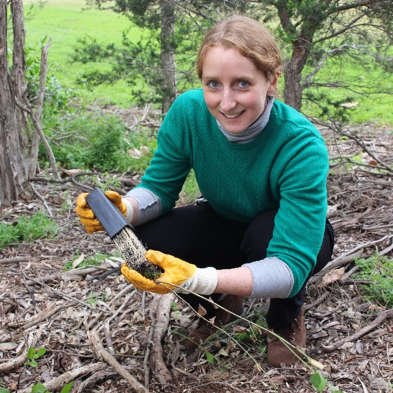Saving lives with urban forests
🔗 [SYSTEM UPDATE] Link found. Timestamp incremented on 2025-11-26 13:55:13.As temperatures continue to rise, one local council is aiming to built an urban forest to reduce the heat and to save lives.

By TOM HORAN
Stonnington Council has introduced an urban forest strategy to combat a rise in heat-related deaths.
Heat kills more than 1000 Australians aged over 65 per year, according to a report from Australian think tank the Climate Institute.
The council's strategy, which made use of satellite mapping to identify local hot spots, aims to combat the "heat island effect" and mitigate the impact of extreme temperatures.
Stonnington environmental education officer Chloe Horner said the council's plan, to be introduced early in 2017, was to protect existing trees as well as expanding tree cover.
“Minimising the impact of urban heat island effect is a central focus of the council’s commitment to maintain a healthy, resilient and diverse urban forest,” she said.

An urban heat island is a built-up area where heat is trapped in materials such as concrete because of decreased solar reflection and lack of shade and moisture. One way to reduce the effect is to increase tree cover.
Ms Horner said about 25 per cent of Stonnington was covered by tree canopy, placing it among the Melbourne municipalities “with the highest canopy covers”.
“As the large number of mature trees continue to age, they will start to decline,” Ms Horner said.
The council aimed to “protect and value existing trees”, while planting new ones and incorporating other forms of green infrastructure.
The council used satellite mapping to look at land surface temperatures and vegetation cover. “The mapping identified key hot spots within the city, which correlated strongly with areas of low vegetation cover,” Ms Horner said.
“Areas that tend to have low canopy cover are commercial precincts, such as sections of Glenferrie Rd, Malvern Rd and Chapel St,” Ms Horner said.
Many people depend on these areas for retail and recreation, meaning they may be at risk of urban heat island effects.
Climate science expert Professor Nigel Tapper, whose posts include head of the School of Geography and Environmental Science at Monash University and foundation director of the Monash Sustainability Institute, said there was no doubt that increasing urban tree cover reduced the heat island effect.
“Global temperatures are increasing, whether you’re looking at cities or rural areas, all temperatures are increasing. The extremes are increasing at a greater rate than the means,” Prof Tapper said.

“What we are looking at is decreasing the temperature of those extreme days by one or two degrees. If we can do that, we can save lives and make life more comfortable for people.” He said there was a very clear relationship between age and heat vulnerability.
When Stonnington Council mapped temperatures and tree cover on a 35°C day, the ground surface temperature ranged from 30°C to 76°C, depending on factors such as shade and tree cover. Tree cover can reduce surface temperature through a process called evaporative cooling.
“A really good tree canopy provides evaporative cooling, but more importantly, at ground level it provides shade for reducing the heat exposure on the human body,” Prof Tapper said.
"The strong push for green infrastructure and urban forests has only come in the last five to eight years and so it takes a while to plant and allow those things to grow.
“There’s no doubt that it works and it’s only a matter of time to bring large parts of Australia’s cities on board.”





